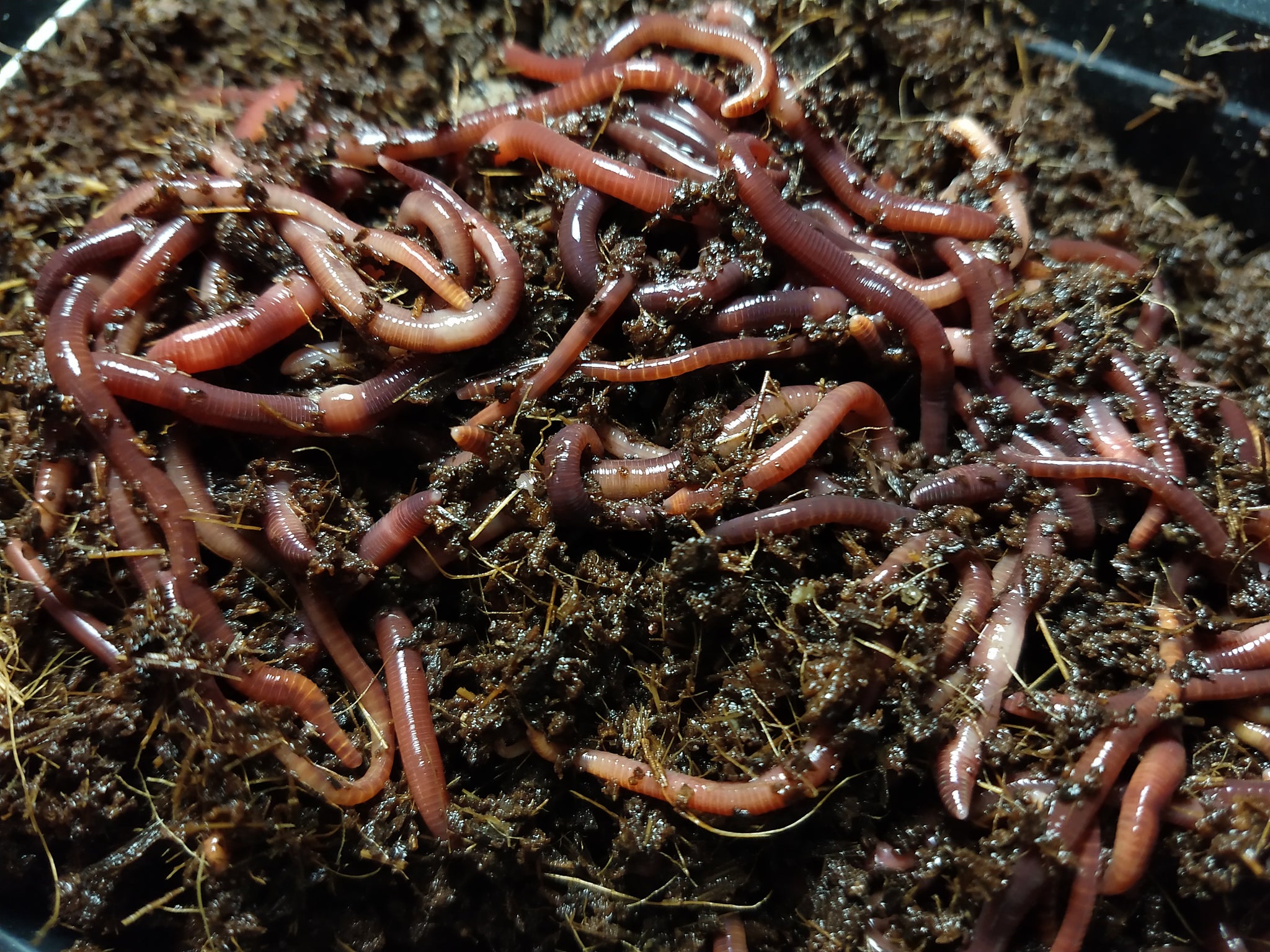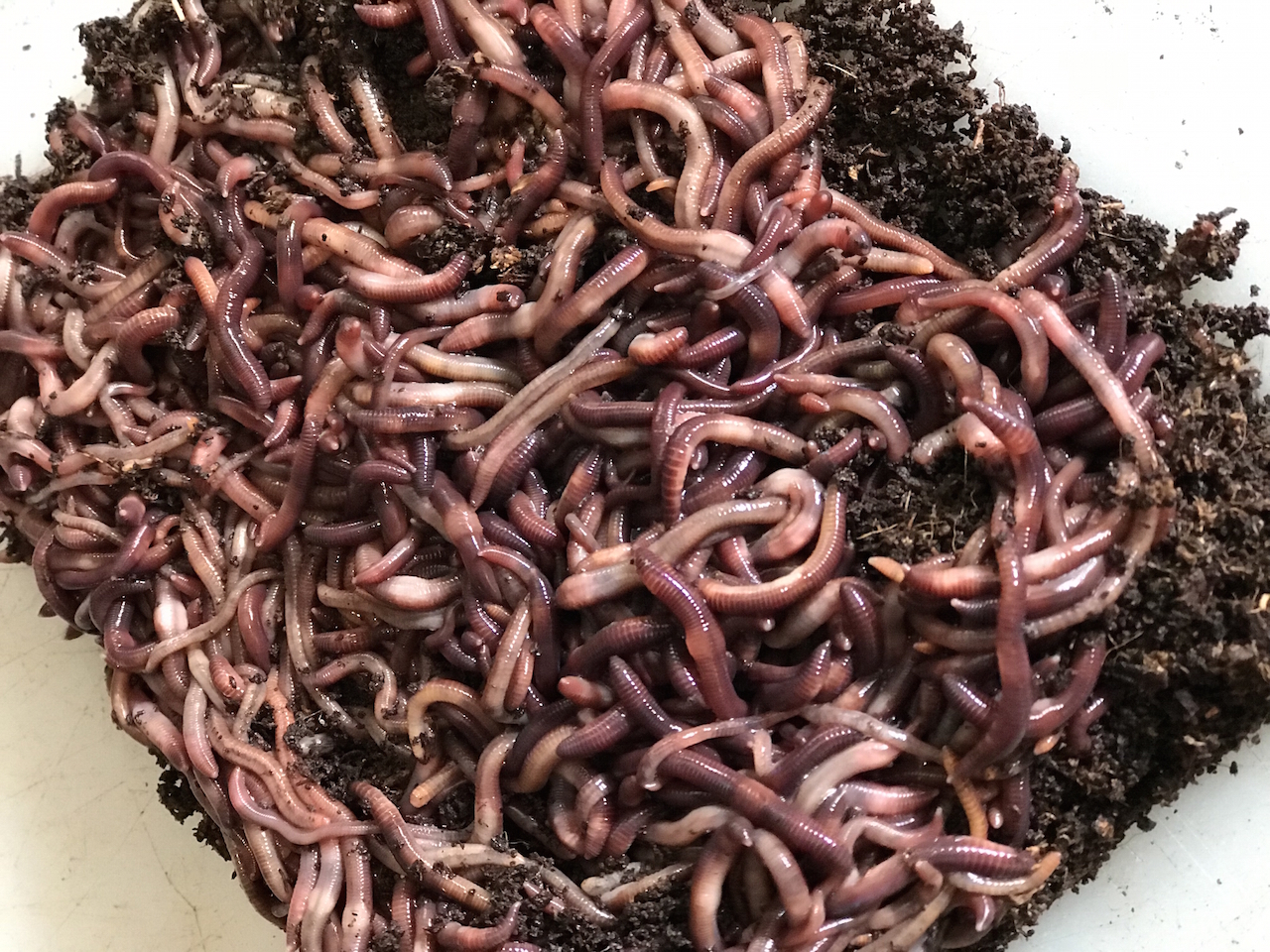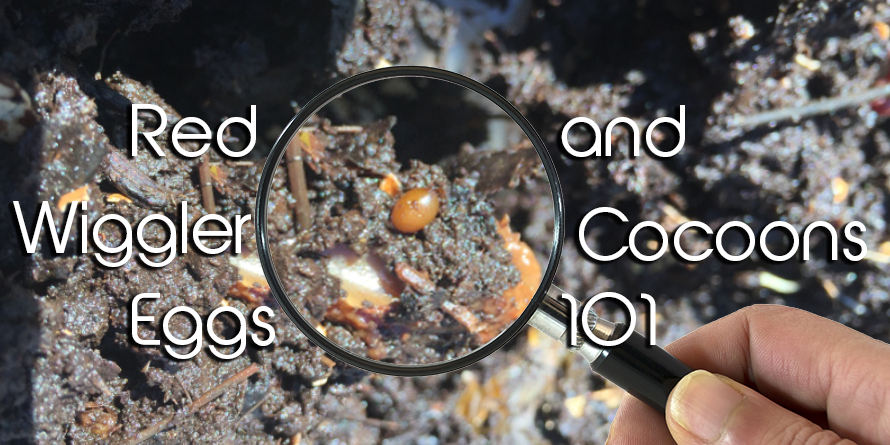Lake Hickory Bait: A Trusted Provider for Quality Bait and Tackle
Red Wigglers: The Unsung Heroes of Organic Waste Recycling
Red wigglers, or Eisenia fetida, work as essential agents in the natural waste reusing process, changing thrown out materials right into important vermicompost. Their effective breakdown of raw material not just improves soil high quality yet also adds to sustainable waste administration methods. As the globe progressively seeks solutions to battle waste build-up and enhance farming efficiency, understanding the duty of these worms ends up being crucial. What mechanisms allow them to flourish in compost environments, and just how can they be effectively made use of in both residential and industrial setups? Discovering these questions discloses the broader effects of vermicomposting in our environmental landscape.
What Are Red Wigglers?
The exceptional resilience of red wigglers, medically known as Eisenia fetida, emphasizes their critical role in natural waste recycling. These tiny, reddish-brown earthworms are commonly located in decomposing raw material, such as compost piles and manure lots. Lake Hickory Bait. Unlike various other earthworm varieties, red wigglers grow in nutrient-rich settings and are extremely reliable at breaking down natural materials, making them essential for vermicomposting

(Lake Hickory Bait)Along with their duty in waste reduction, red wigglers add to soil health and wellness by boosting soil structure and oygenation with their burrowing activities (Lake Hickory Bait). Their presence in composting systems not just improves decay prices but additionally advertises a sustainable technique to throw away administration, showing their relevance in ecological preservation initiatives
Benefits of Composting With Worms
Composting with worms, specifically red wigglers, uses countless benefits that improve both waste monitoring and dirt wellness. Initially, these worms efficiently break down organic waste, transforming it into nutrient-rich vermicompost that enhances soil. This process speeds up decay, permitting a quicker recycling of kitchen area scraps and various other natural products compared to standard composting techniques.
In addition, the vermicompost generated by red wigglers is bristling with valuable bacteria, which help boost dirt structure, aeration, and wetness retention. This improves the overall wellness of plants, advertising strenuous development and raised yields in gardens and farming setups. In addition, making use of worms in composting decreases the manufacturing of greenhouse gases, such as methane, adding to an extra lasting waste monitoring system.

How to Start Vermicomposting
Establishing a vermicomposting system is a simple procedure that can yield substantial advantages for both waste monitoring and soil enrichment. To begin, select an ideal container, such as a plastic bin or wood box, with ample ventilation openings to make sure appropriate air movement. The dimensions must ideally be about 2 feet by 3 feet, permitting adequate space for the worms to thrive.
Next, prepare bed linen material, which can include shredded newspaper, cardboard, or coconut coir. This bed linen needs to be dampened to produce an ideal habitat for the worms. When the bedding remains in area, introduce red wigglers (Eisenia fetida) into the container, generally around one pound of worms for each square foot of surface.
Following the positioning of worms, include organic waste, such as fruit and vegetable scraps, coffee grounds, and crushed eggshells. Avoid including important link milk, meat, or oils, as these can develop odors and bring in pests. Place the bin in a shaded, temperature-controlled location to maintain optimal conditions for worm activity. With these actions, you will successfully launch a vermicomposting system that adds to sustainable waste management and enriches your dirt.
Maintaining a Healthy Worm Bin
(Red Wiggler Express)Maintaining a worm bin growing calls for regular interest and like ensure the health and wellness of the red wigglers and the effectiveness of the composting procedure. Appropriate upkeep starts with checking the wetness degrees; the container needs to be damp however not soaked. An excellent policy of thumb is to maintain an uniformity similar to a wrung-out sponge.
Delicately blending the bed linen and food scraps every couple of weeks stops compaction and makes sure that all worms have access to oxygen. Furthermore, it is essential to feed the worms properly.
If the container becomes as well warm or cold, the worms may end up being stressed out. By faithfully handling these factors, one can preserve a durable and effective worm container.
Impact on Lasting Living
The effective maintenance of a worm container not just benefits the health and wellness of red wigglers yet also contributes significantly to sustainable living practices. By recycling organic waste, such as kitchen area scraps and backyard debris, red wigglers assist draw away significant quantities of product from land fills. This reduction in waste not only reduces greenhouse gas emissions but additionally decreases the environmental worry linked with waste monitoring.
Additionally, the castings created by red wigglers function as a nutrient-rich natural fertilizer, boosting dirt wellness and advertising plant development. This all-natural choice to chemical plant foods supports lasting farming and gardening practices, reducing reliance on artificial inputs that can damage ecosystems. Additionally, worm composting fosters awareness of waste administration, motivating people and communities to take on even more lasting routines.

Final Thought
In summary, red wigglers function as important contributors to organic waste recycling via their reliable disintegration of organic products. Their capability to generate nutrient-rich vermicompost boosts dirt health and wellness and supports lasting agricultural methods. By incorporating vermicomposting right into waste administration techniques, people and neighborhoods can substantially minimize waste while advertising environmental sustainability. The function of Eisenia fetida in fostering healthy communities underscores the significance of these microorganisms in accomplishing sustainable living and enhancing dirt fertility.